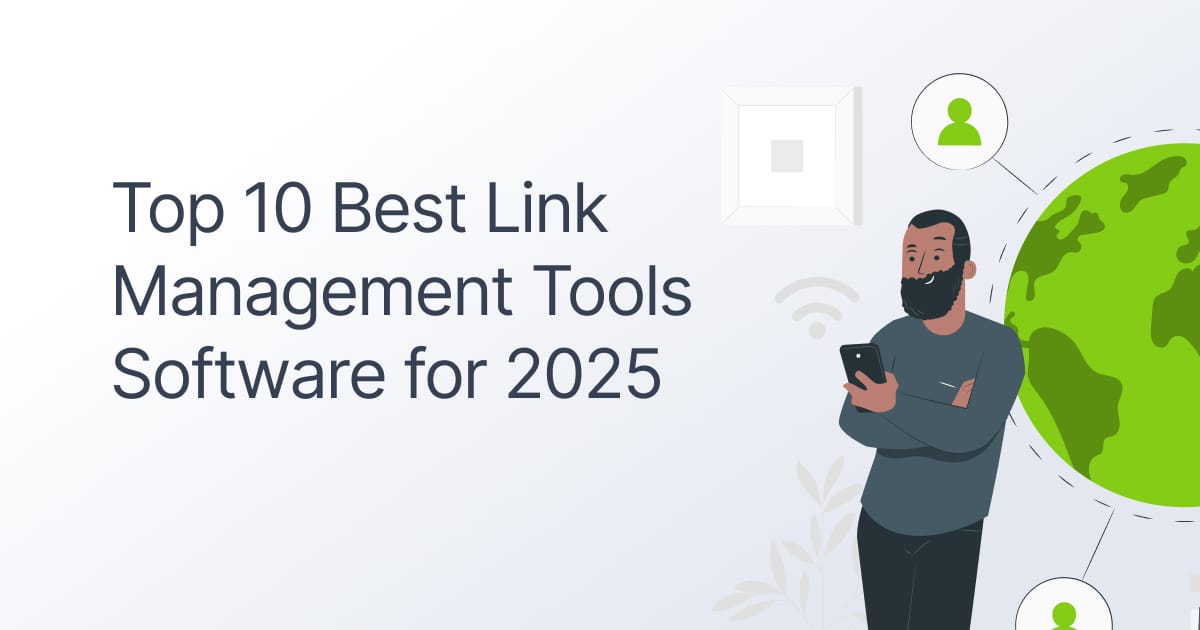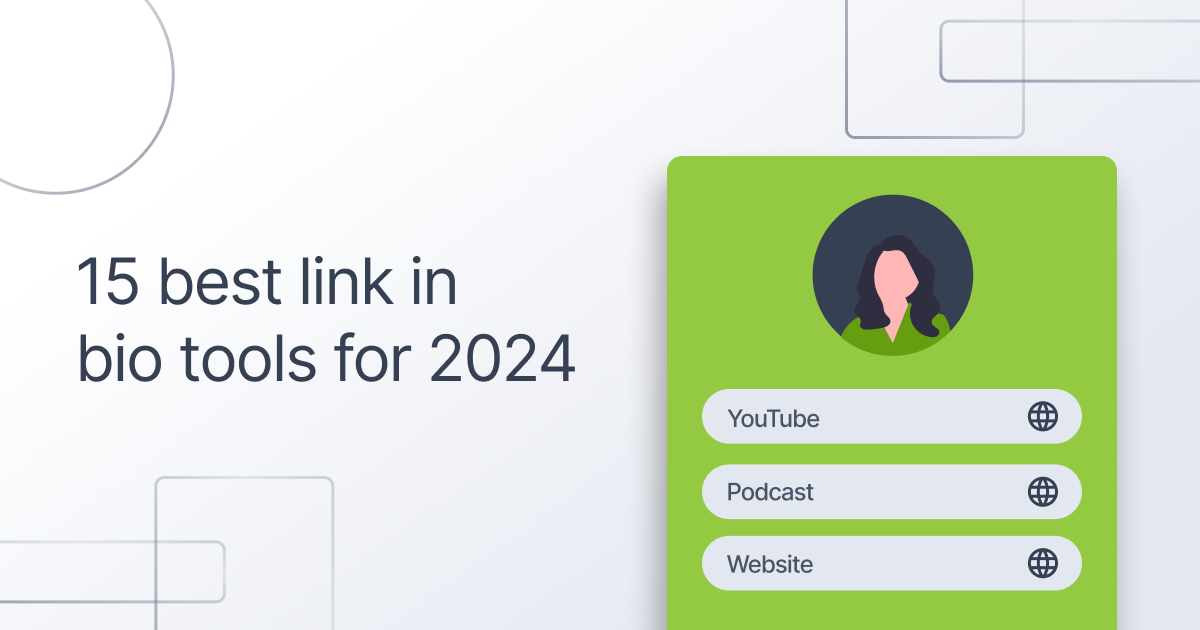What Is Patreon: Maximize Your Creator Earnings

Table of Contents
What Is Patreon – Introduction
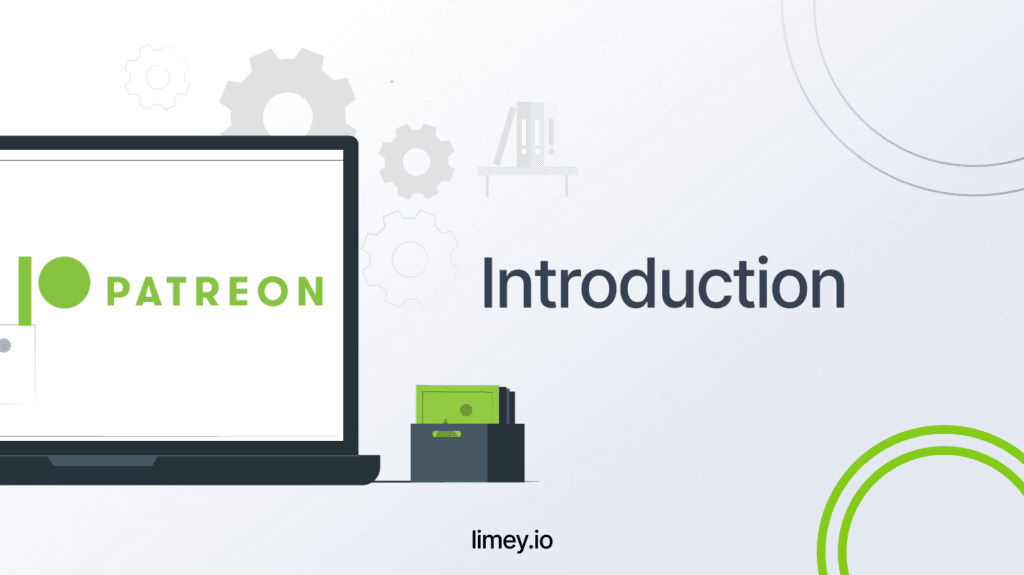
In today’s digital age, the way we consume and support content has evolved dramatically.
Gone are the days when creators solely relied on traditional platforms to showcase their work. Enter Patreon—a game-changing platform that has revolutionized the content creation landscape.
But what is Patreon, exactly?
In this comprehensive guide, we’ll delve into what Patreon is, how it works, and why it’s an invaluable resource for both creators and supporters alike. Whether you’re an artist looking for a sustainable income stream or a fan wanting to directly support your favorite creators, this article will provide you with all the information you need to understand the ins and outs of Patreon.
What Is Patreon?
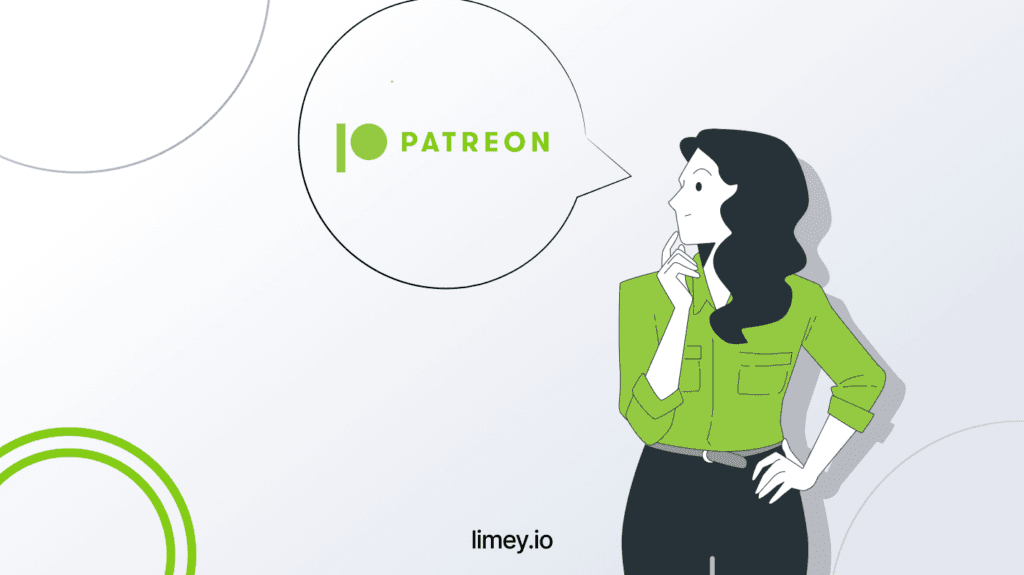
Patreon is a crowdfunding platform that allows creators to earn a sustainable income directly from their audience. Founded in 2013 by musician Jack Conte and developer Sam Yam, the platform has become a cornerstone in the world of content creation. But what sets Patreon apart from other crowdfunding platforms like Kickstarter or GoFundMe?
What Makes Patreon Unique?
Unlike traditional crowdfunding platforms that focus on one-time projects or campaigns, Patreon offers a subscription-based model. This means that patrons—those who support creators—can contribute a set amount of money on a recurring basis, be it monthly or per creation. This provides creators with a more predictable and stable income stream.
Types of Content on Patreon
The beauty of Patreon lies in its versatility. It caters to a wide range of creators, from artists and musicians to YouTubers and podcasters. Whether you’re a writer publishing serialized novels or a videographer producing documentaries, Patreon offers a platform where your audience can financially support your ongoing work.
How Does Patreon Work?

Understanding how Patreon works is crucial for both creators and patrons. The platform operates on a subscription-based model, allowing patrons to support creators through various financial commitments. But how does this system function in detail?
The Concept of “Patrons”
In the Patreon ecosystem, supporters are known as “patrons.” These individuals pledge a certain amount of money to creators in exchange for exclusive content, merchandise, or other perks. The relationship is ongoing, fostering a community around the creator’s work.
Subscription Tiers and Benefits
Creators on Patreon set up different subscription tiers, each with its own set of benefits. For example, a $5 monthly subscription might grant access to exclusive blog posts, while a $20 subscription could include personalized video messages. This tiered system allows creators to offer a range of options to suit different budgets and engagement levels.
Patreon Payment Models
Patreon offers flexibility in how patrons are billed. The two primary payment models are:
- Monthly: Patrons are billed on a monthly basis, providing creators with a consistent income stream.
- Per Creation: Patrons are billed each time the creator releases new content, up to a set limit defined by the patron.
For a more in-depth comparison of Patreon’s subscription model with other platforms, check out this article on Buy Me a Coffee vs. Patreon.
Who Uses Patreon?

Patreon has become a haven for a diverse range of creators looking to monetize their content and connect more intimately with their audience. But who exactly is using this platform, and what types of content are they producing?
Types of Creators
From musicians and artists to bloggers and educators, Patreon is a versatile platform that accommodates various forms of content creation. Here are some common types of creators you’ll find:
- Artists: Offering digital prints, behind-the-scenes content, and more.
- YouTubers: Providing early access to videos or exclusive behind-the-scenes footage.
- Podcasters: Releasing bonus episodes or ad-free content.
- Writers: Sharing serialized novels, essays, or journalism pieces.
- Educators: Offering courses, tutorials, or educational materials.
Demographics of Patrons
The patrons supporting these creators are equally diverse, ranging from young adults interested in niche hobbies to older individuals supporting educational content. The demographics vary depending on the type of creator and the content being produced.
Case Studies and Examples
To better understand the impact of Patreon, let’s look at some real-world examples:
- Independent Journalists: Many journalists use Patreon to fund investigative projects that require time and resources.
- Micro-Influencers: Interestingly, even micro-influencers are turning to Patreon to monetize their niche audiences. For more on this, read the article about Micro-Influencers on Instagram.
Benefits of Using Patreon

In 2022, there were 33.2 million small businesses in the United States, according to the Small Business Administration. This highlights the growing importance of platforms like Patreon that empower small-scale creators to turn their passion into a business.
Patreon offers a plethora of benefits for both creators and patrons, making it a standout platform in the burgeoning creator economy. Let’s explore the advantages that make Patreon a compelling choice for content monetization and support.
For Creators
- Sustainable Income: Patreon’s subscription model provides creators with a more predictable and stable income stream.
- Direct Audience Engagement: The platform allows creators to build a community of dedicated supporters.
- Creative Freedom: Without the constraints of advertisers or sponsors, creators have the freedom to produce content that truly resonates with their audience.
- Influencer Partnerships: Creators can also leverage their Patreon success to attract influencer partnerships. For more on this, check out the article on how to get influencers to promote your product.
For Patrons
- Exclusive Content: Patrons gain access to unique content that is not available to the general public.
- Direct Interaction: The platform allows patrons to interact directly with creators, providing a more personalized experience.
- Supporting Innovation: By financially supporting creators, patrons contribute to the growth of the creator economy.
How to Get Started with Patreon
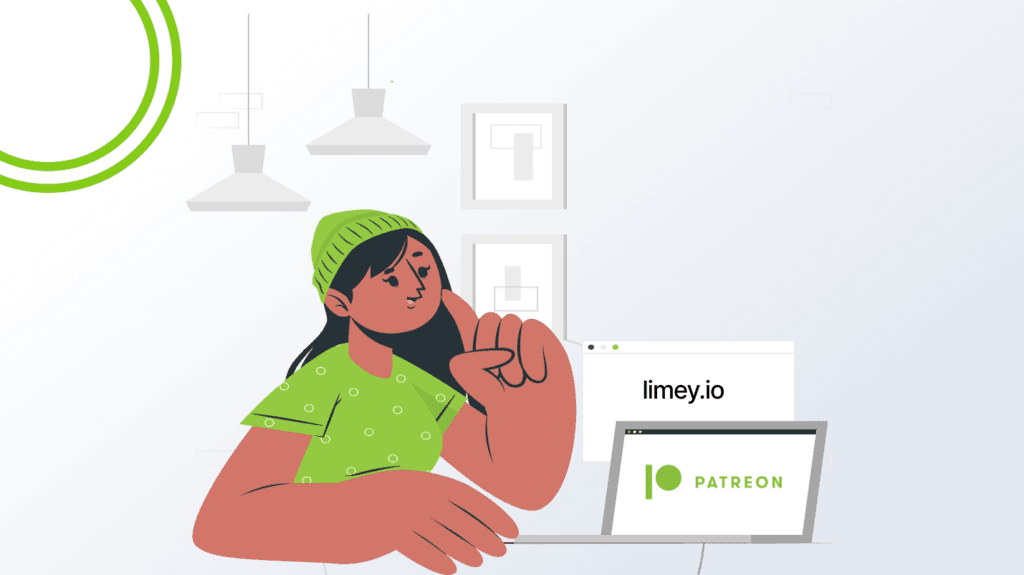
Whether you’re a creator looking to monetize your content or a patron wanting to support your favorite artists, getting started with Patreon is a straightforward process. Here’s a step-by-step guide to help you navigate the platform.
For Creators
- Setting Up a Profile: The first step is to create a Patreon account and set up your profile. This includes adding a profile picture, a banner, and a description of what you offer.
- Creating Subscription Tiers: Decide on the different subscription tiers you’ll offer and the perks that come with each. Make sure to provide a range of options to accommodate various budgets.
- Promotion: Once your profile is set up, it’s time to promote it. Share your Patreon link on social media, your website, and other platforms where your audience is active.
For Patrons
- Finding Creators: Use the search function or browse categories to find creators that align with your interests.
- Choosing a Tier: Once you’ve found a creator you’d like to support, choose a subscription tier that fits your budget and offers the perks you’re interested in.
- Payment: After selecting a tier, you’ll be prompted to enter your payment information to start your subscription.
Tips for Success
- Consistency is Key: For creators, regularly updating content and engaging with patrons can go a long way in building a loyal community.
- Be Transparent: Both creators and patrons value transparency. Clearly outline what patrons should expect in terms of content frequency and quality.
What Is Patreon – Conclusion

In a world where content creation has become more accessible yet increasingly competitive, platforms like Patreon have emerged as invaluable resources. We’ve explored what Patreon is, how it works, and the myriad benefits it offers to both creators and patrons. Whether you’re an artist, a writer, or a fan looking to support your favorite creators, Patreon provides a versatile and sustainable way to engage in the creator economy.
However, Patreon is not the only option out there. Platforms like Limey also offer similar services, giving creators and patrons more choices to suit their specific needs. As the landscape of content creation continues to evolve, it’s worth exploring all the options available to you.
Thank you for reading, and we hope this guide has answered your question: What is Patreon? Whether you’re considering becoming a creator or a patron, the opportunities for meaningful engagement and financial support are vast and growing.
As we wrap up our comprehensive guide on what Patreon is and how it works, let’s address some of the most frequently asked questions about the platform.
What Is Patreon – Frequently Asked Questions
Share
Related posts
More PostsStay in the loop.
Get notified when we release a new feature or blog post.
